NASA’s Ingenuity helicopter, designed initially for only five flights, has surpassed expectations by completing 72 successful missions on Mars. One of its recent discoveries, however, was not expected: wreckage scattered across the Martian surface. While this debris is a remnant of humanity’s technological progress, it also raises critical questions about the ethical implications of space exploration and the growing concern over space junk.
The Surreal Discovery on Mars
During one of its routine flights over the Jezero Crater, Ingenuity captured an image of wreckage—pieces of human-made technology scattered across Mars’ desolate landscape. The debris is not alien in origin, but is part of the landing system that helped deliver both Perseverance Rover and Ingenuity to the Martian surface in February 2021. The pieces seen in the image include remnants of the skycrane, which lowered the rover safely to the surface, and the parachute descent system used during the rover’s entry.
This moment was captured in 2022 when Ingenuity flew over areas inaccessible to the Perseverance Rover. For Ian Clark, a parachute engineer for the Perseverance mission, the discovery was striking: he described the scene as having a “sci-fi element” and noted that it provided “an infinite amount of engineering understanding” for future Mars missions.

The Hidden Cost of Progress: Space Junk
The discovery of debris on Mars serves as a stark reminder of the hidden cost of space exploration. As humanity pushes the boundaries of technology, remnants of our missions are being left behind on distant planets. Ingenuity’s camera captured pieces of the very technology that helped it land on Mars, but this debris now serves as a permanent reminder of the consequences of uncontrolled technological advancement.
As the space industry accelerates its efforts to explore the Red Planet, space debris is becoming an increasingly urgent concern. Earth’s orbit is already crowded with over 2,000 active satellites and thousands of smaller fragments, posing risks to both commercial and government satellites. Mars, once pristine, could soon follow suit, potentially littered with the remnants of our failed missions and outdated technologies.
A Cautionary Tale for Future Explorers
The wreckage scattered across the Martian surface raises deeper questions about the future of space exploration: How do we balance innovation with the preservation of other worlds? As we send more spacecraft, rovers, and satellites to Mars, the question of how we manage space junk becomes ever more critical.
The Ingenuity discovery illustrates the need for sustainable space exploration practices. Will future Mars explorers discover a planet littered with remnants of early human missions, or will we find ways to clean up our technological footprints before they become a problem? The ethical implications are profound: as we explore new frontiers, should we not also prioritize the preservation of the planets we explore?
Ethical Exploration: Can We Prevent Mars from Becoming a Graveyard?
The debris left on Mars is a tangible example of humanity’s growing footprint on other worlds. While these remnants might not seem significant now, they raise ethical concerns that must be addressed. Ian Clark‘s words highlight the challenge: the wreckage may offer us “engineering understanding” for future missions, but it also highlights the risks of neglecting the long-term environmental impact of our space activities.
As we continue to send missions to Mars and other celestial bodies, we must ask: Will we leave behind a treasure trove of scientific discovery, or will we simply contribute to the growing pile of space junk that threatens the future of interplanetary exploration?
Space Exploration and Environmental Responsibility
The image captured by Ingenuity underscores a pressing issue that the scientific community must tackle: How do we responsibly explore space without damaging the very environments we aim to study? Mars may become another example of human exploration’s unintended consequences if we fail to develop sustainable technologies and strategies for dealing with space debris.
The long-term solution could involve clean-up initiatives, reusable technologies, and space policies to reduce waste and ensure that we do not leave a mess in the wake of our exploration.
It’s clear that space exploration must go beyond technological innovation as humanity sets its sights on Mars. The ethical responsibility of managing space debris is as critical as the scientific goals that drive these missions.
The question is, can we strike a balance between exploration and preservation to ensure that Mars and other planets remain untouched for future generations? This is the ultimate challenge for the next phase of space exploration.
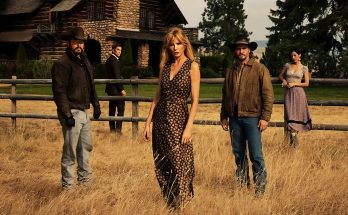
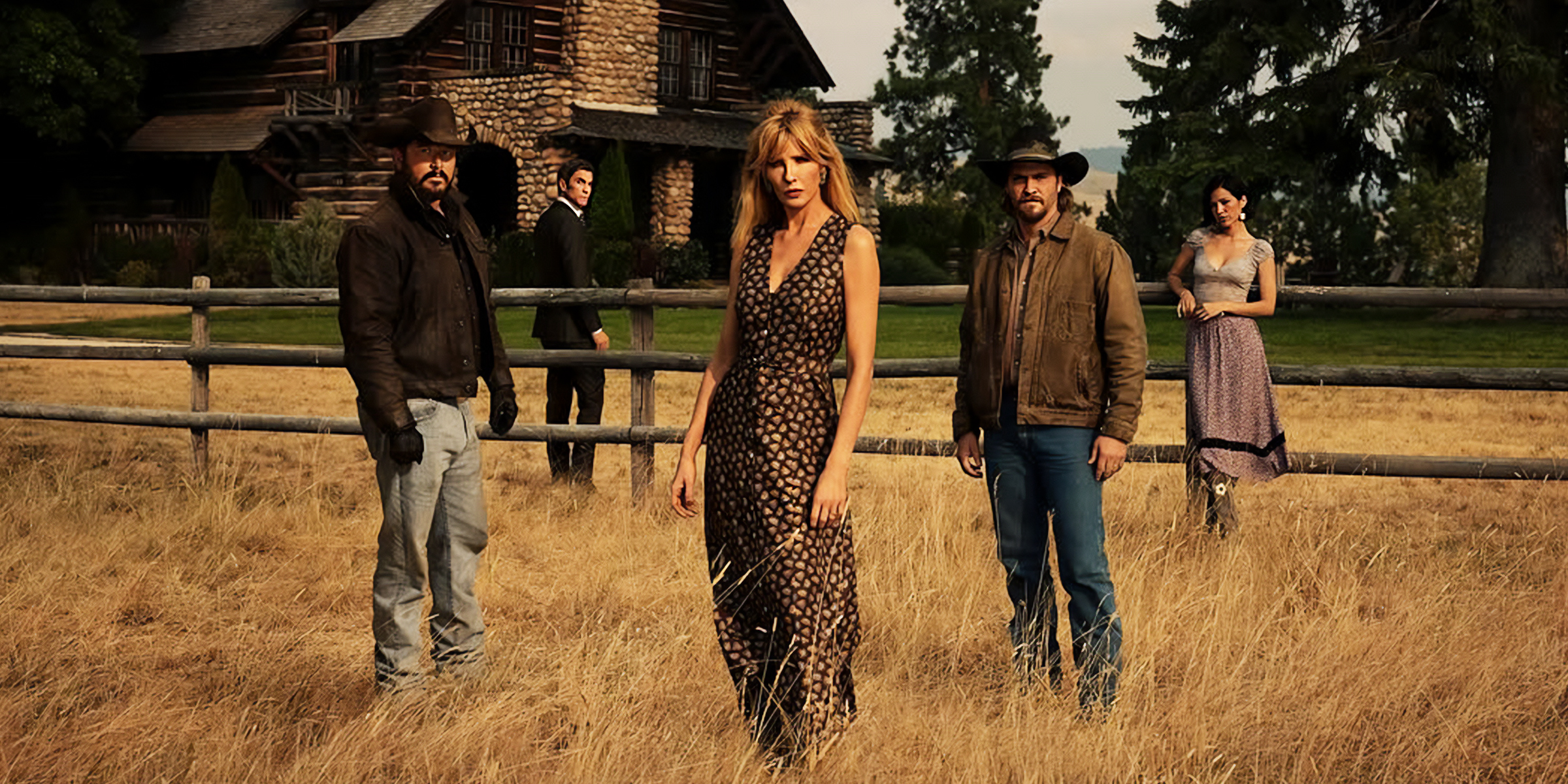



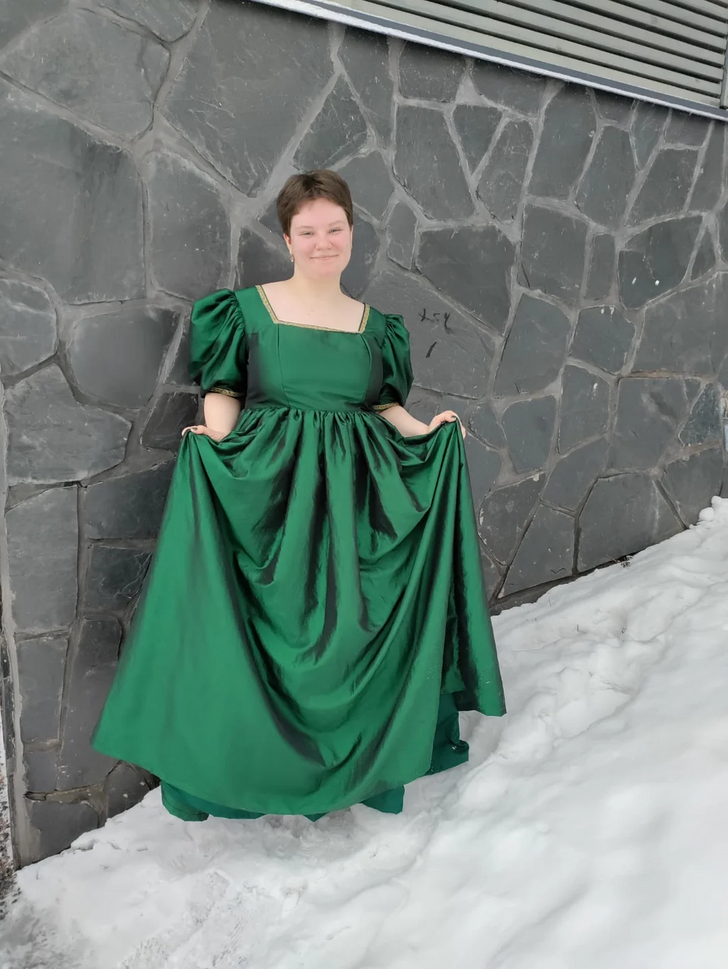

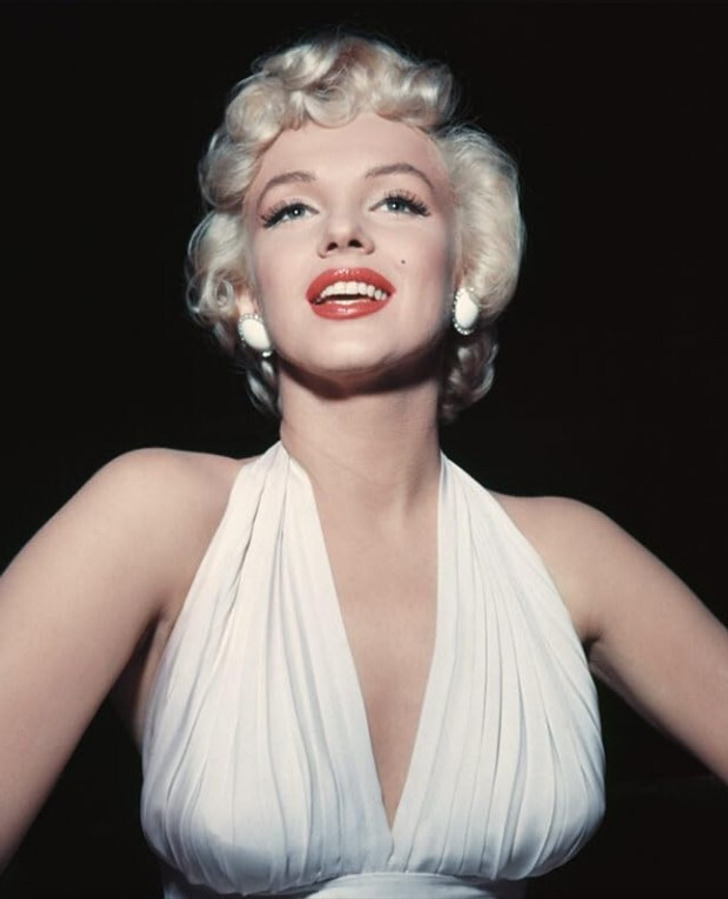
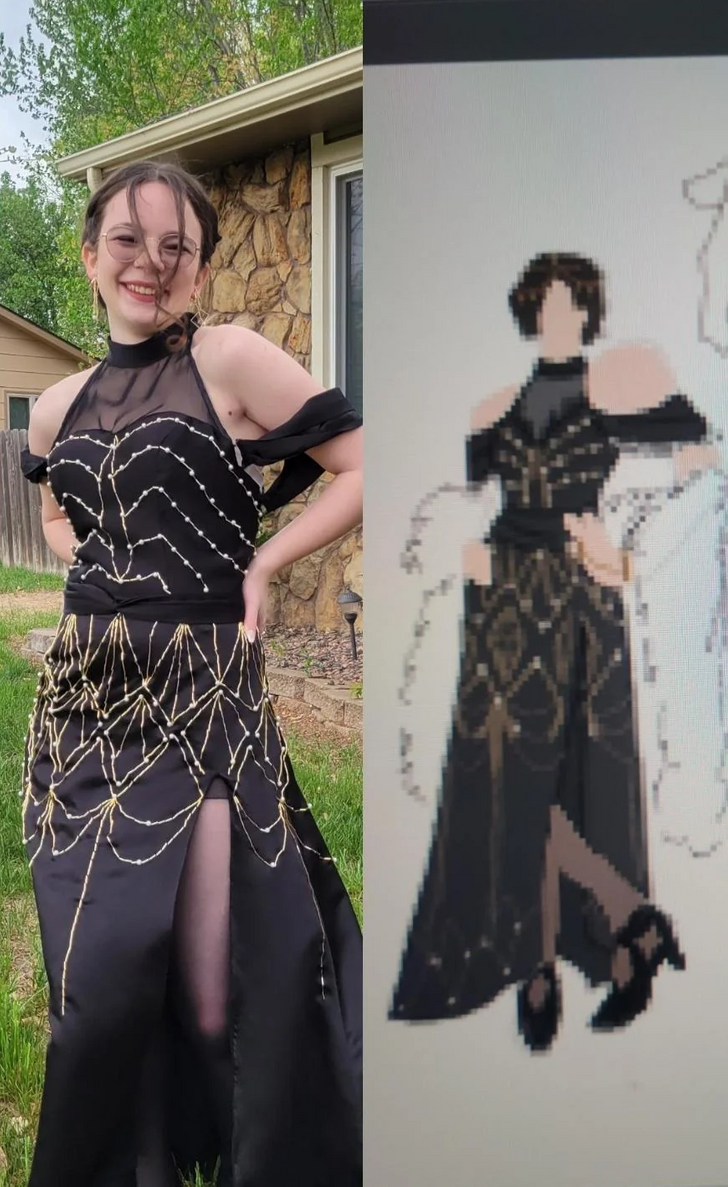
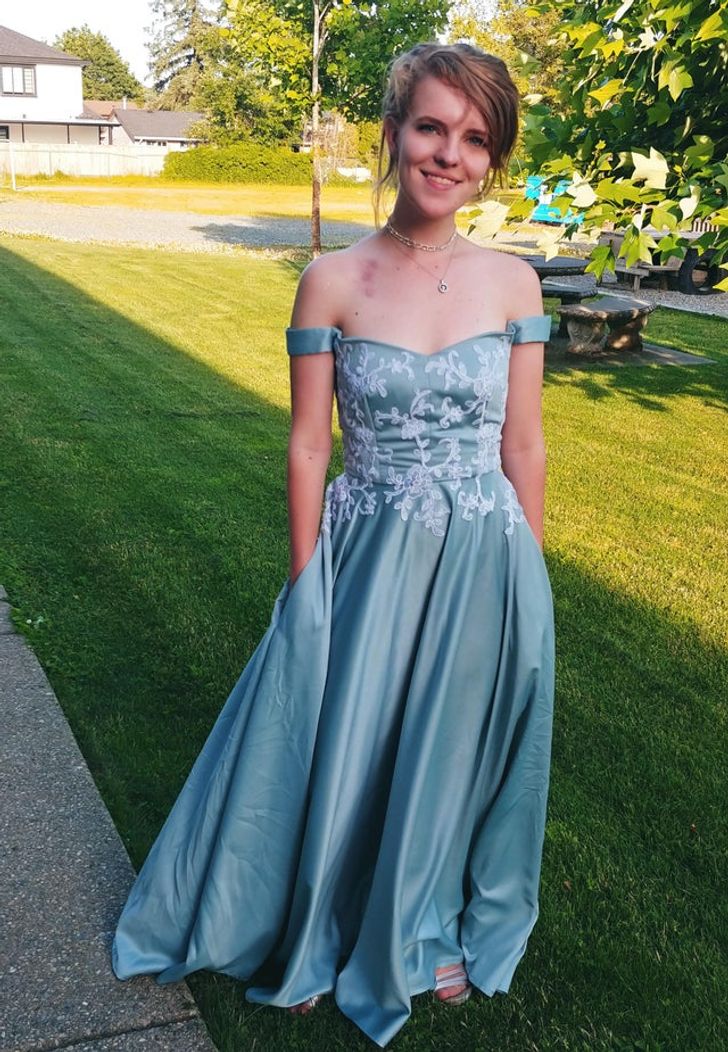














 HBO’s boss said casting has not been impacted (David Silverman/Getty Images/ Bruce Glikas/Bruce Glikas/FilmMagic/Canva)
HBO’s boss said casting has not been impacted (David Silverman/Getty Images/ Bruce Glikas/Bruce Glikas/FilmMagic/Canva)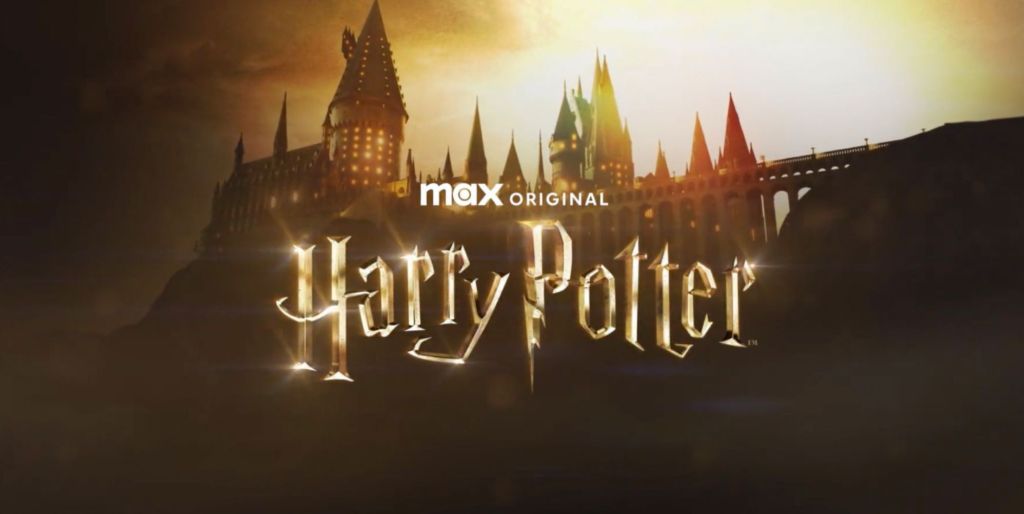 Casting for the TV series is said not to have been affected by JK Rowing’s controversial views. (Max)
Casting for the TV series is said not to have been affected by JK Rowing’s controversial views. (Max)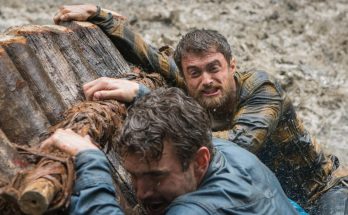



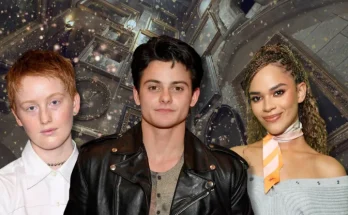

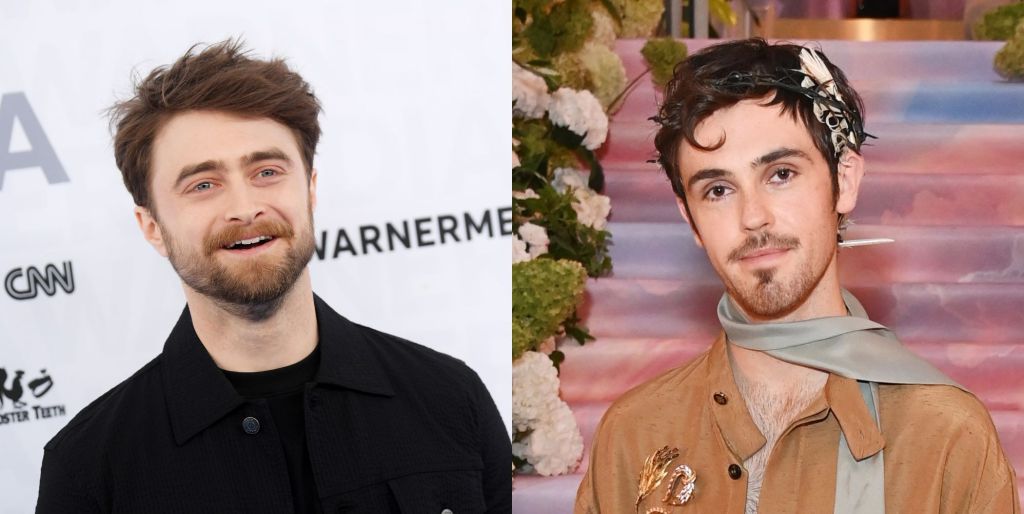 Misia Butler (R) could take over from Daniel Radcliffe in the new series. (Getty)
Misia Butler (R) could take over from Daniel Radcliffe in the new series. (Getty)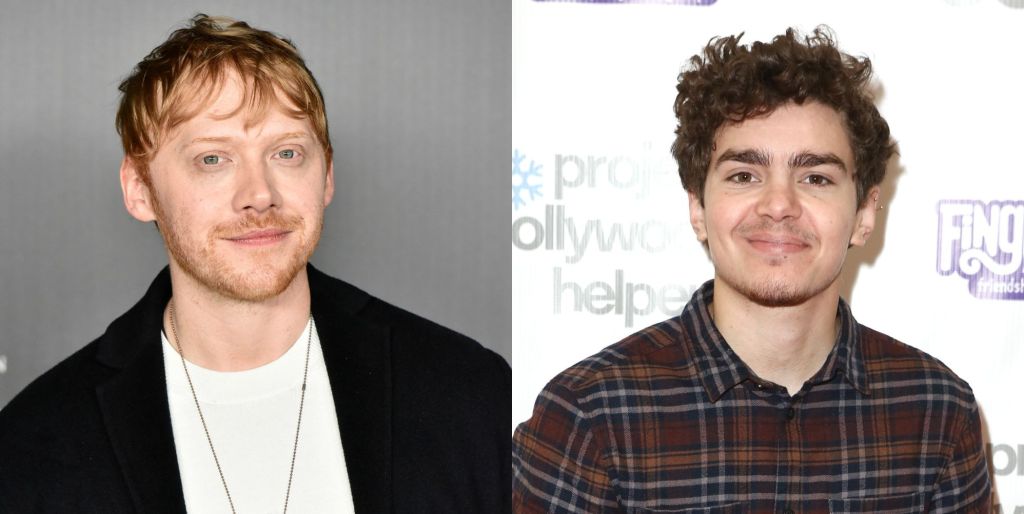 Elliot Fletcher (R) not Rupert Grint as Ron Weasley. (Getty)
Elliot Fletcher (R) not Rupert Grint as Ron Weasley. (Getty)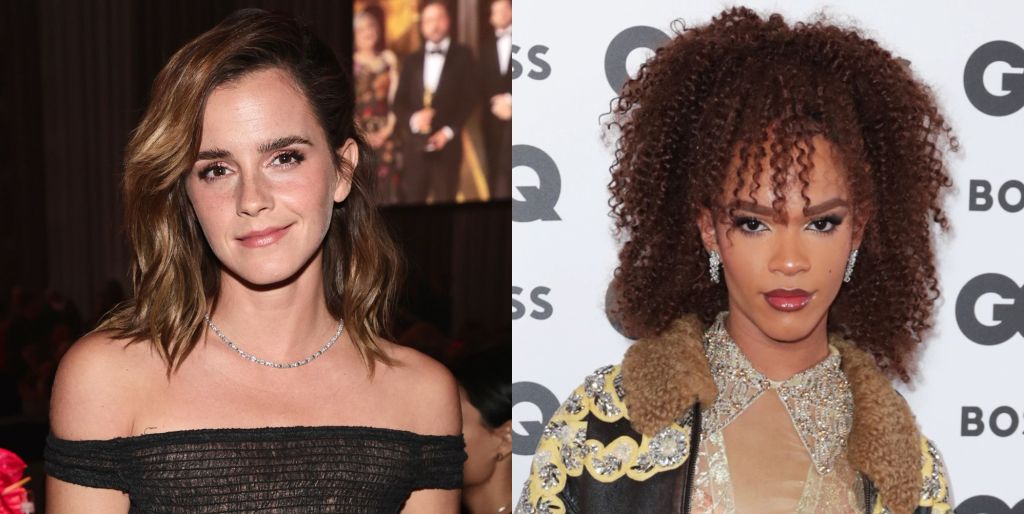 Yasmin Finney (R) is the obvious choice to fill Emma Watson’s shoes. (Getty)
Yasmin Finney (R) is the obvious choice to fill Emma Watson’s shoes. (Getty)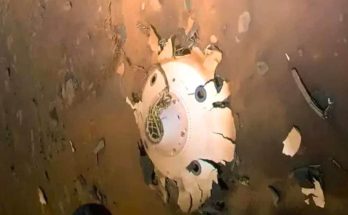

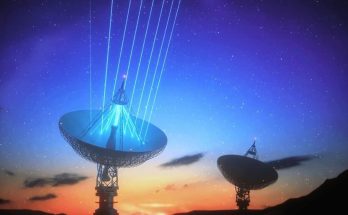

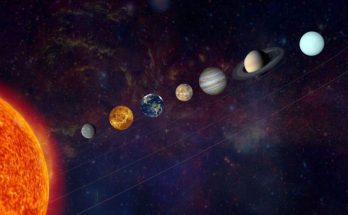


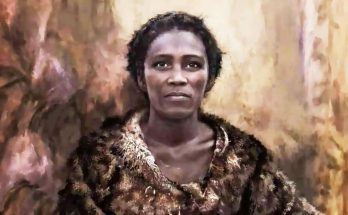


 100vw, 1200px” data-lazy-src=”https://dailygalaxy.com/wp-content/uploads/2024/12/Zlaty-kun_Ranis-group-1200×673.jpg” /><figcaption class=) Illustration of the Zlatý kůň/Ranis group. Around 45,000 years ago, individuals from Ranis in Germany and Zlatý kůň in the Czech Republic likely traveled together across the open steppe landscapes of Europe. Credit: Tom Björklund for the Max Planck Institute for Evolutionary Anthropology
Illustration of the Zlatý kůň/Ranis group. Around 45,000 years ago, individuals from Ranis in Germany and Zlatý kůň in the Czech Republic likely traveled together across the open steppe landscapes of Europe. Credit: Tom Björklund for the Max Planck Institute for Evolutionary Anthropology

